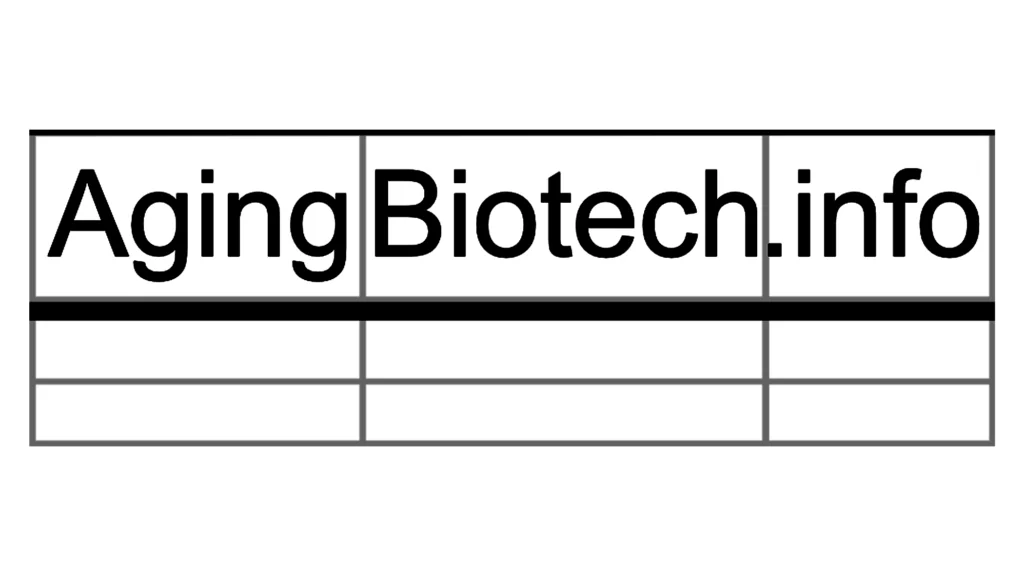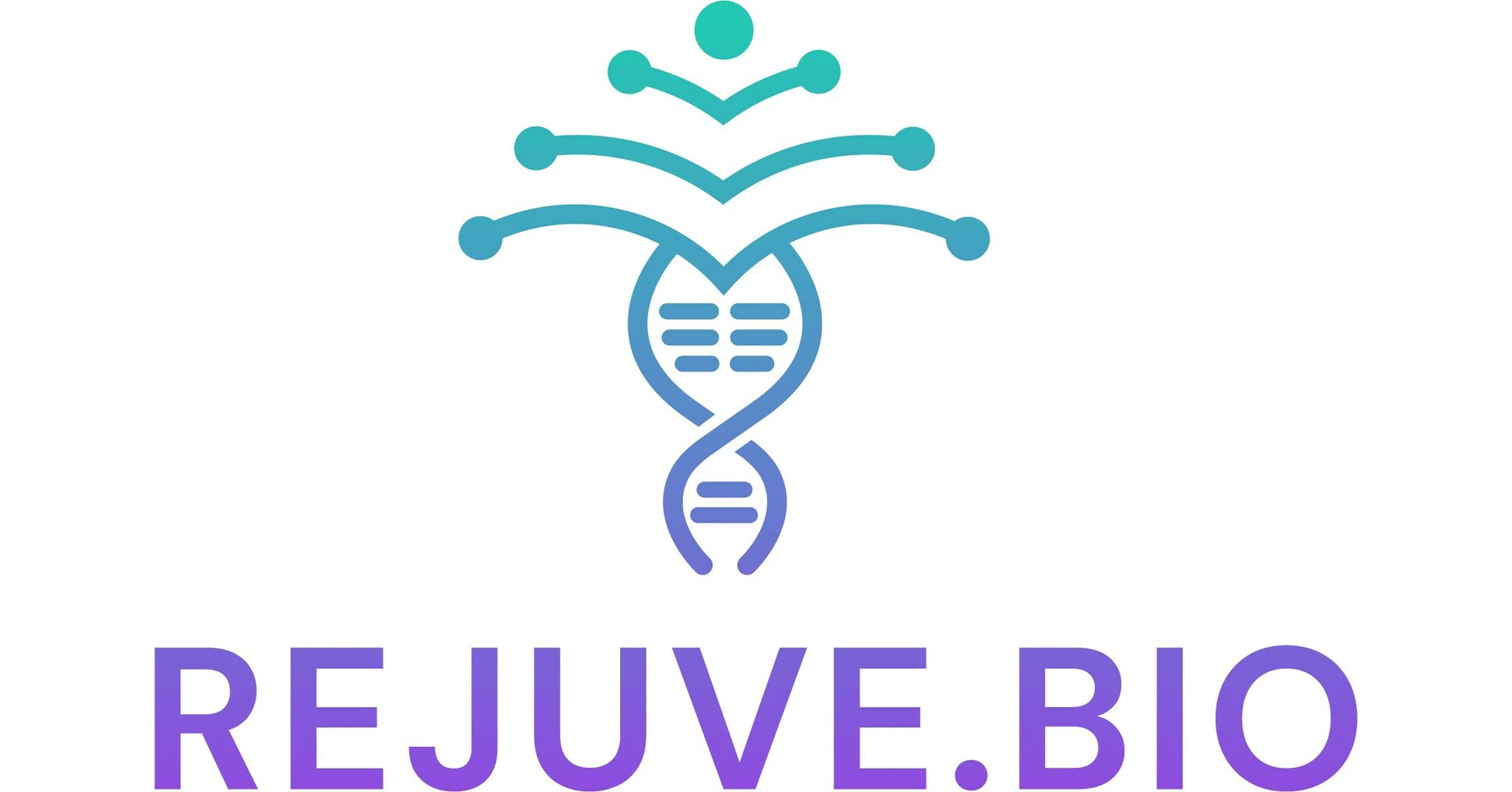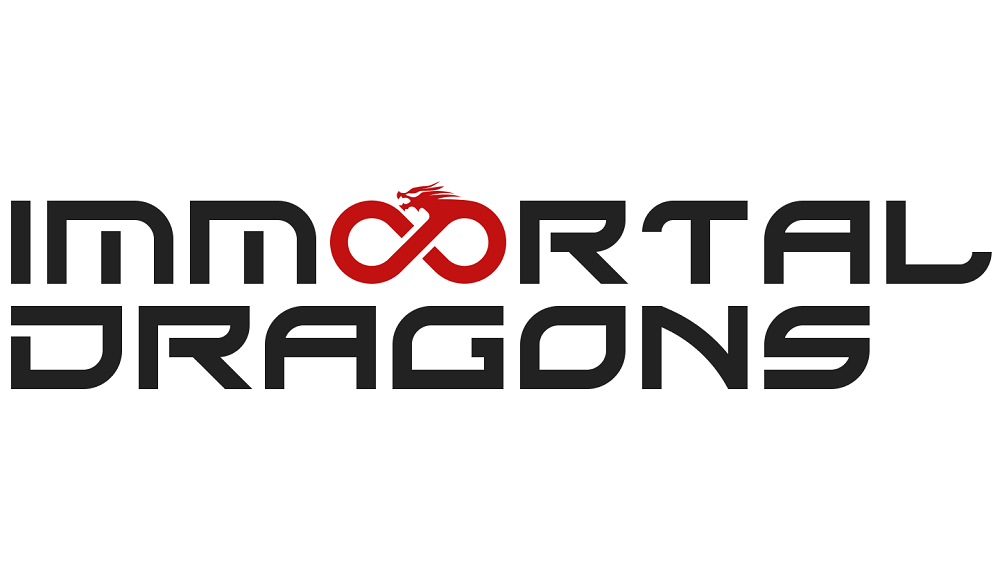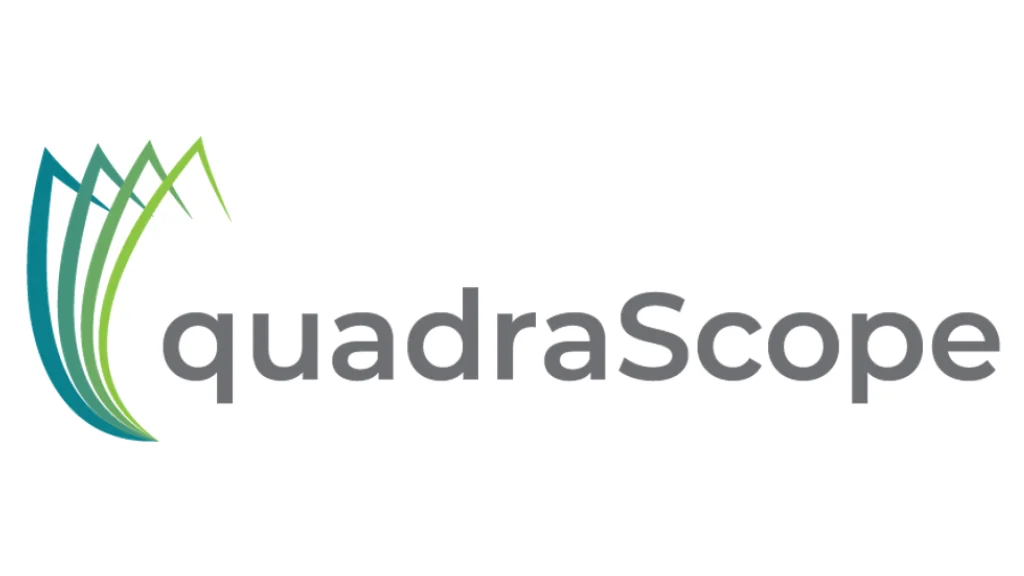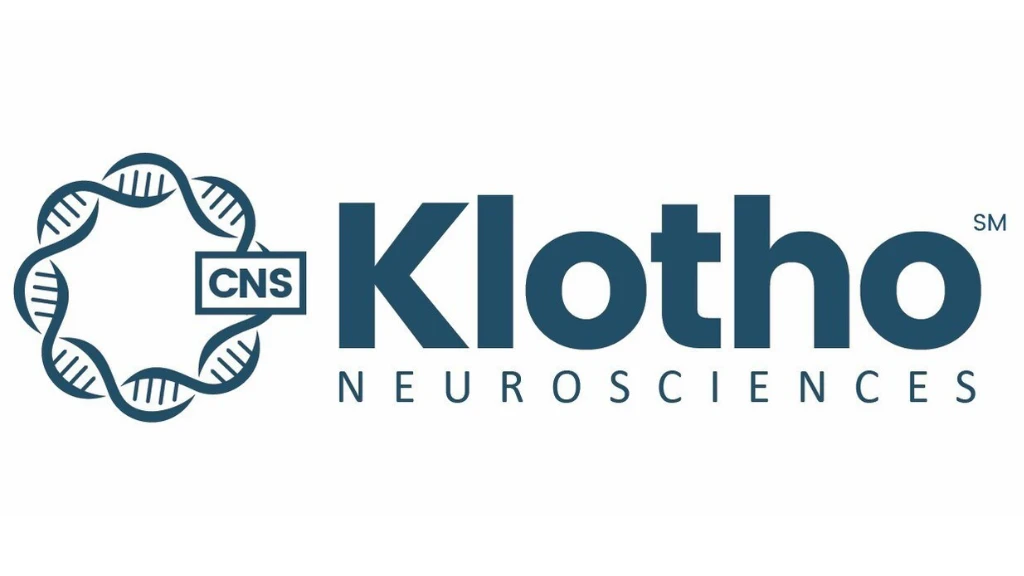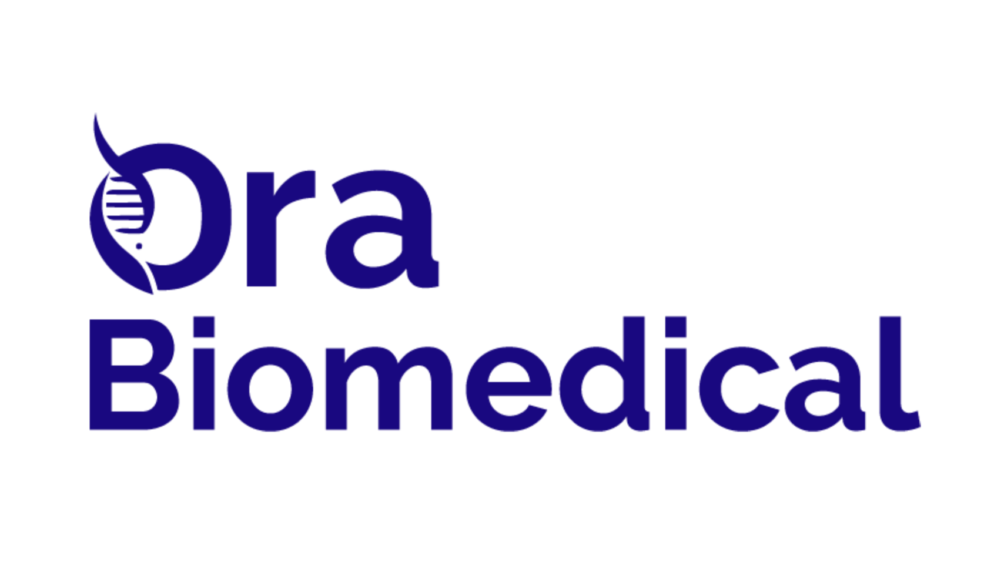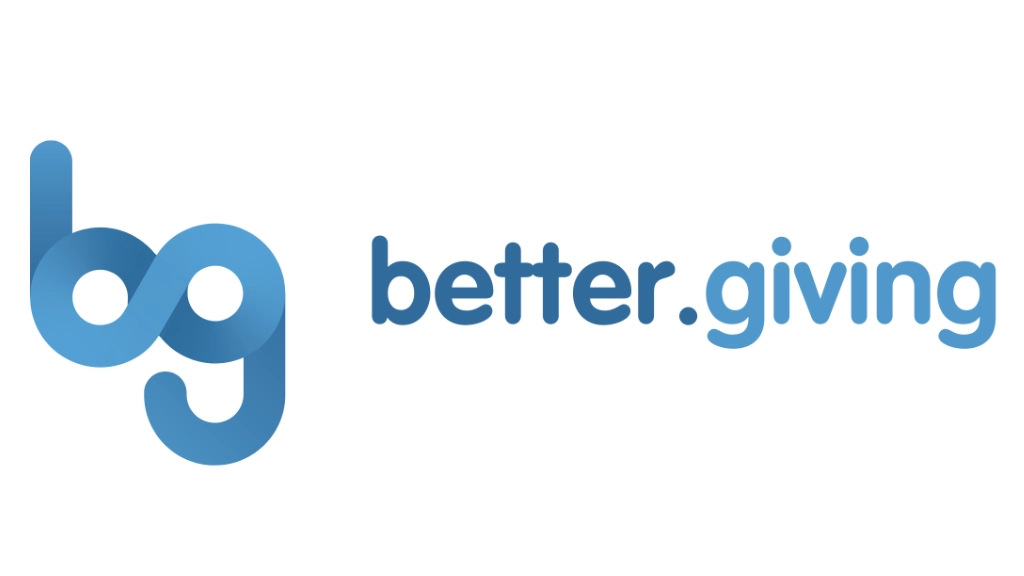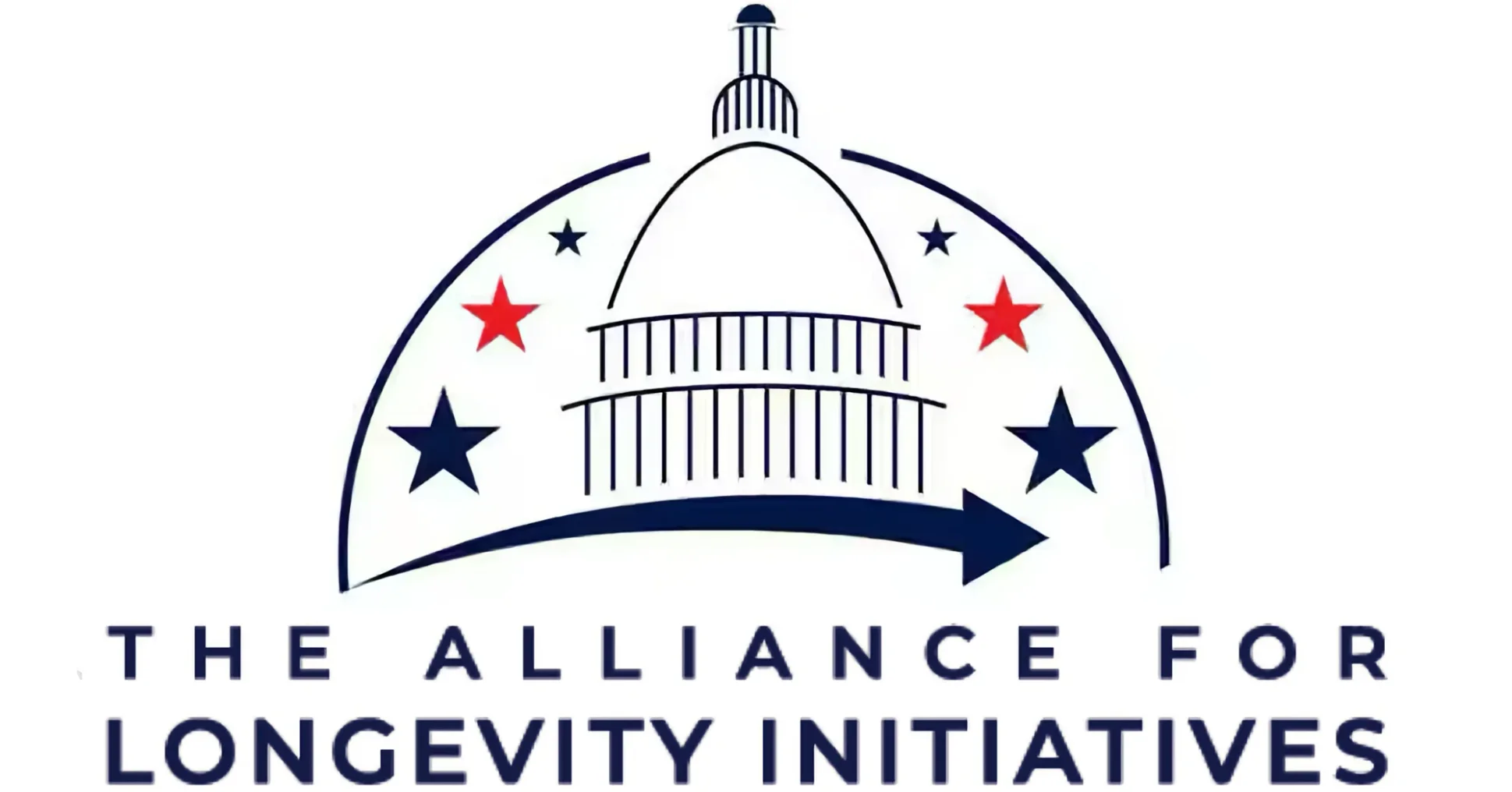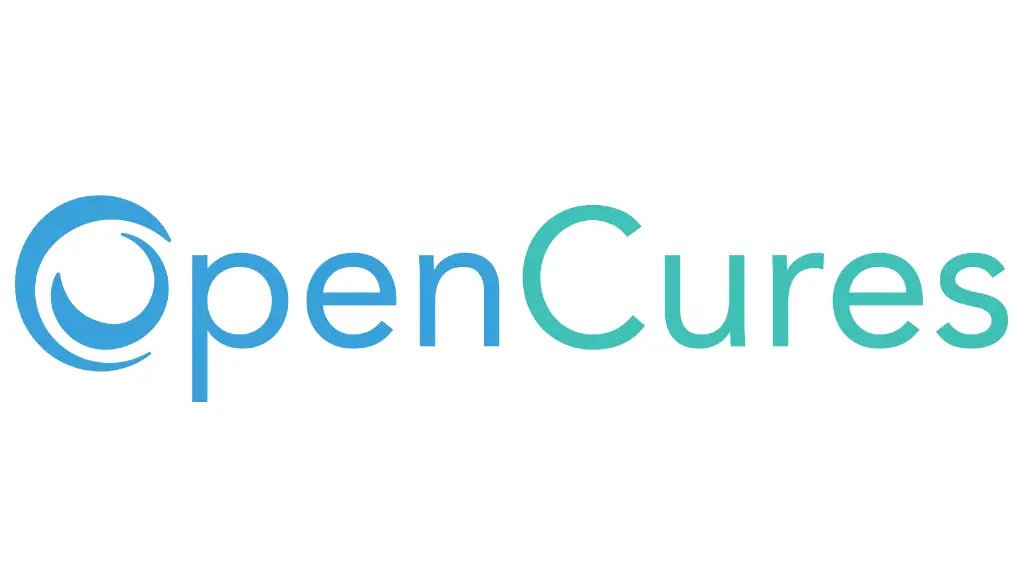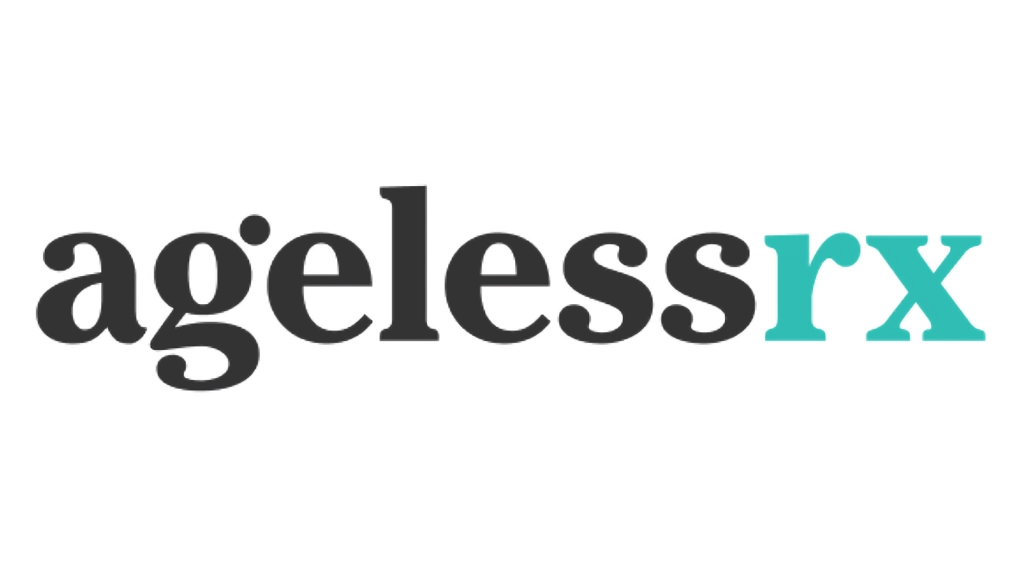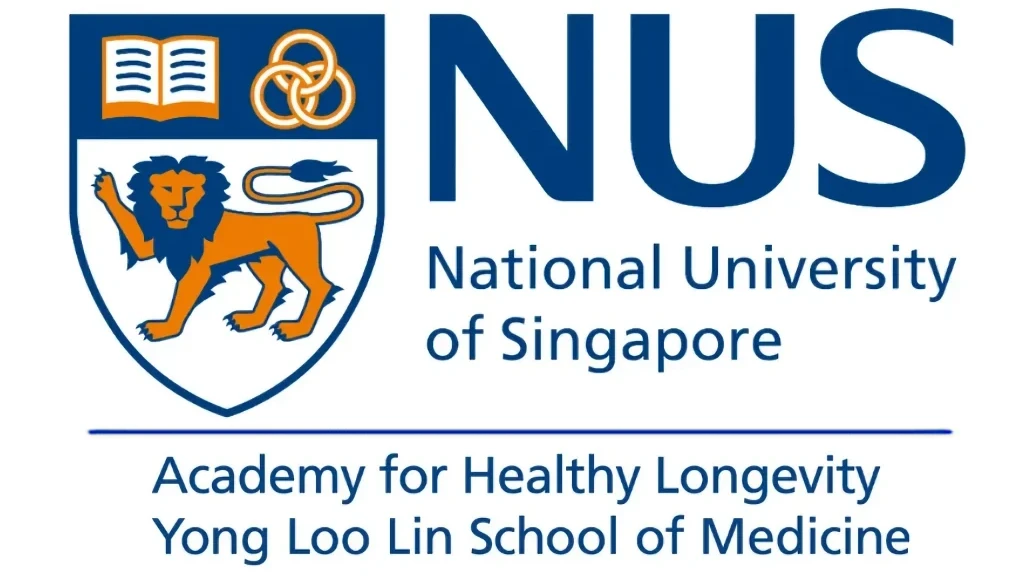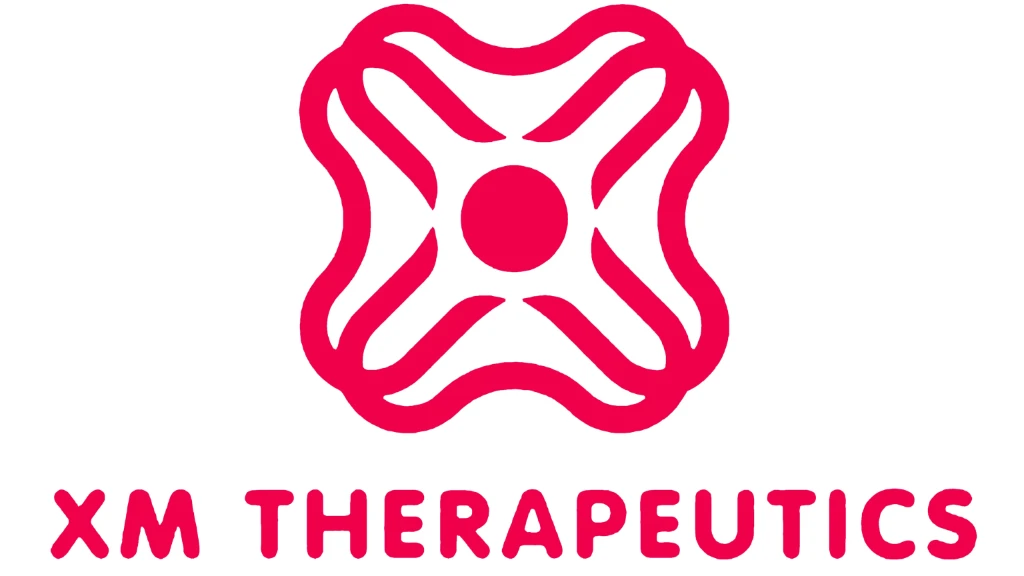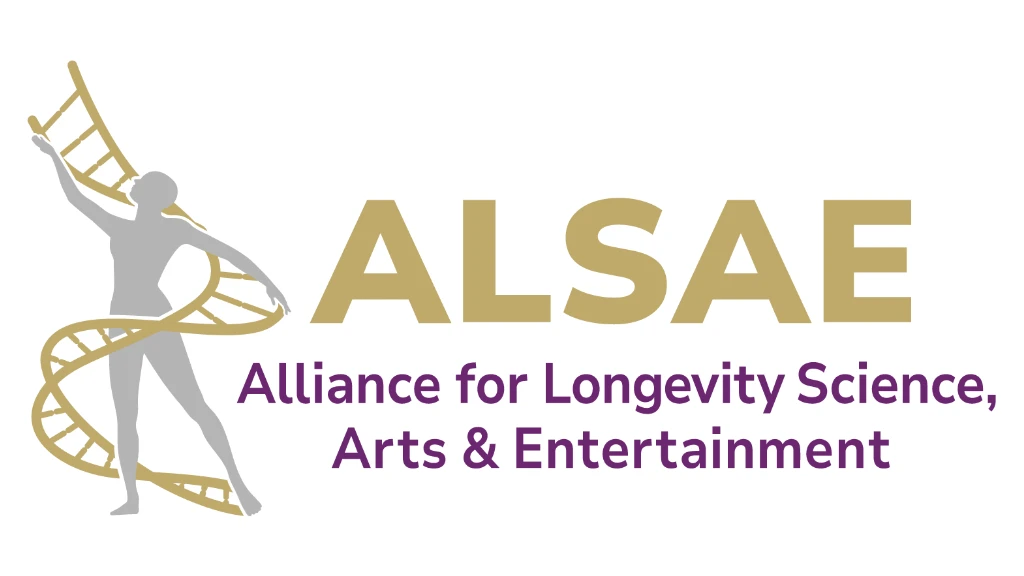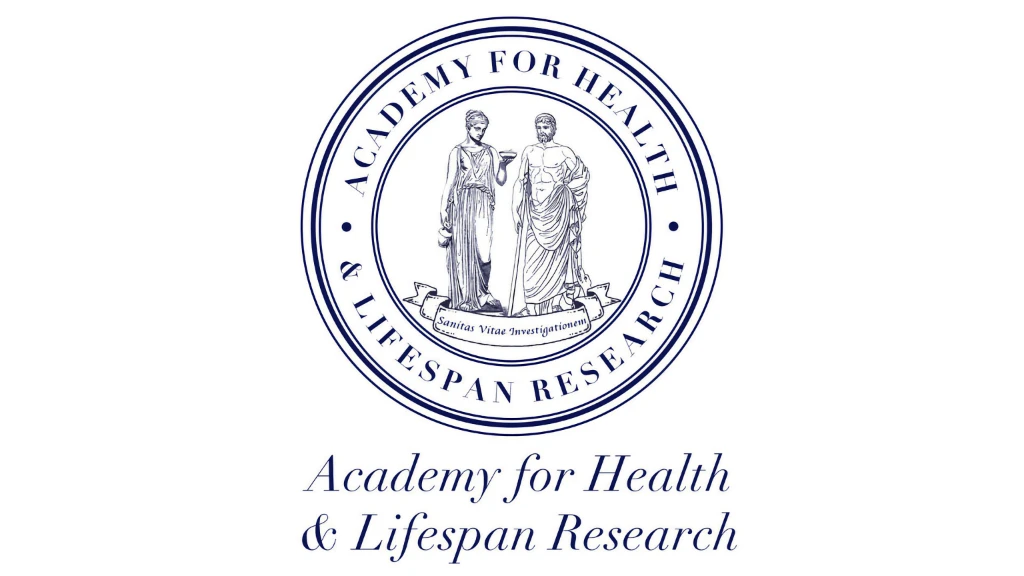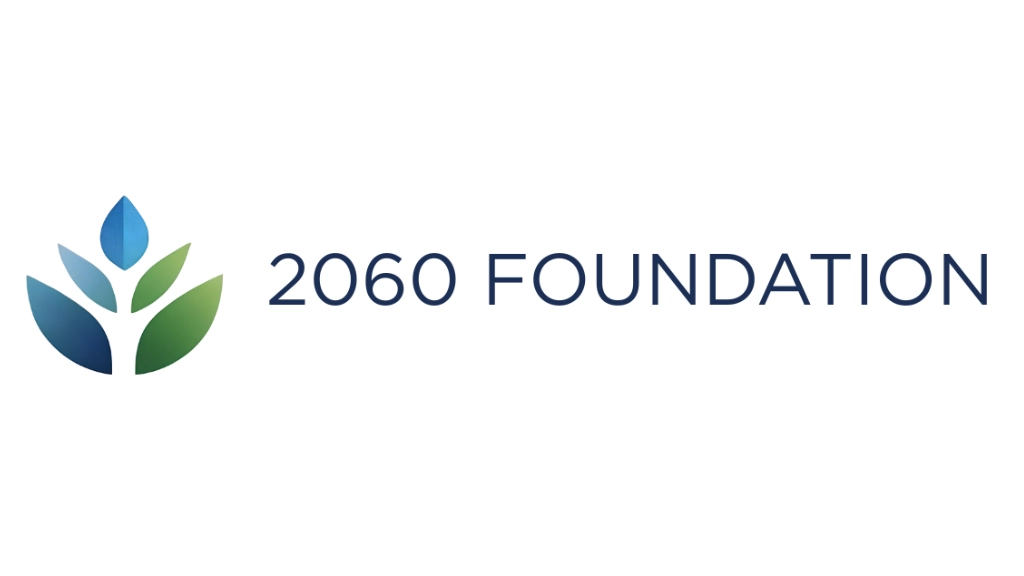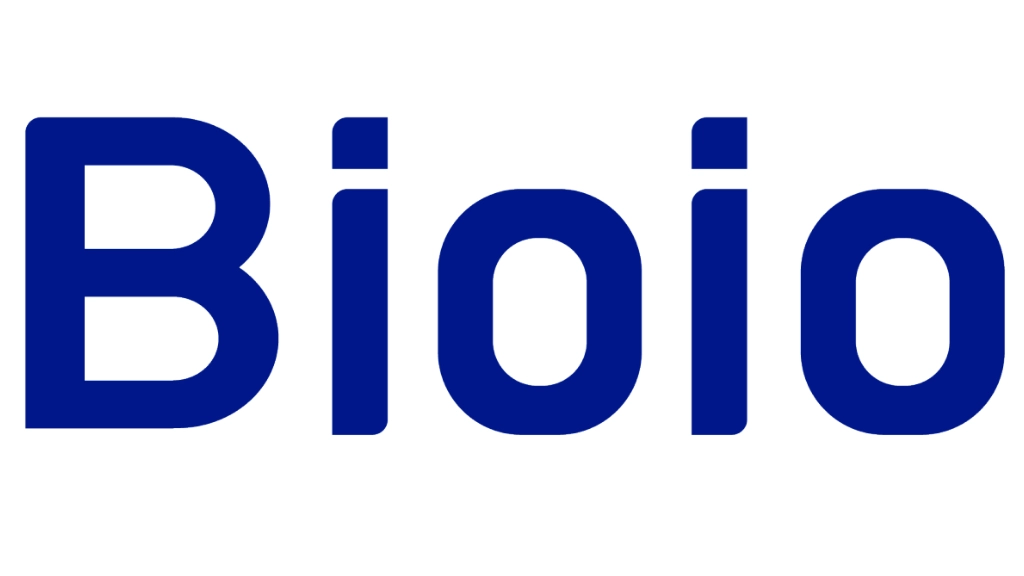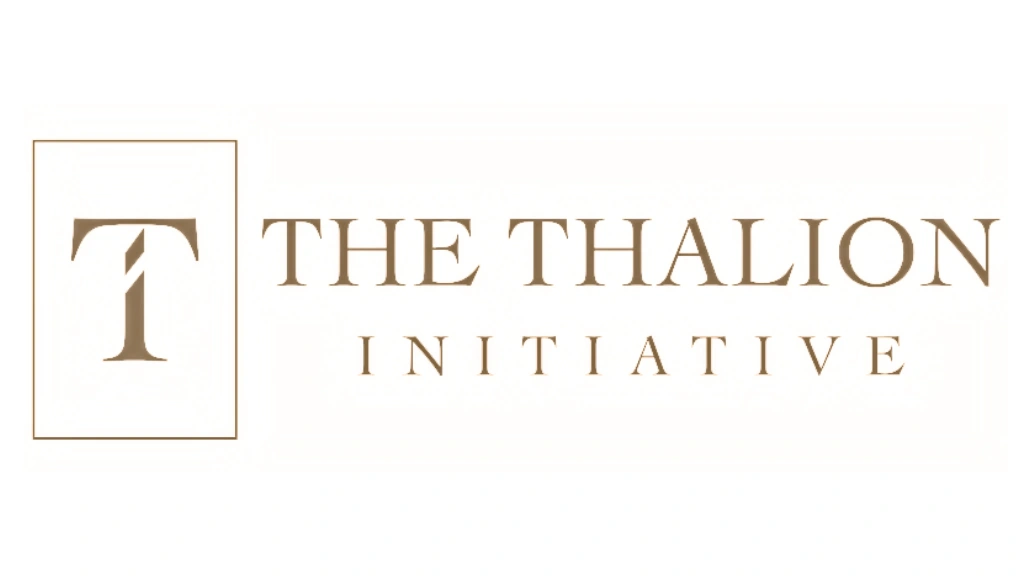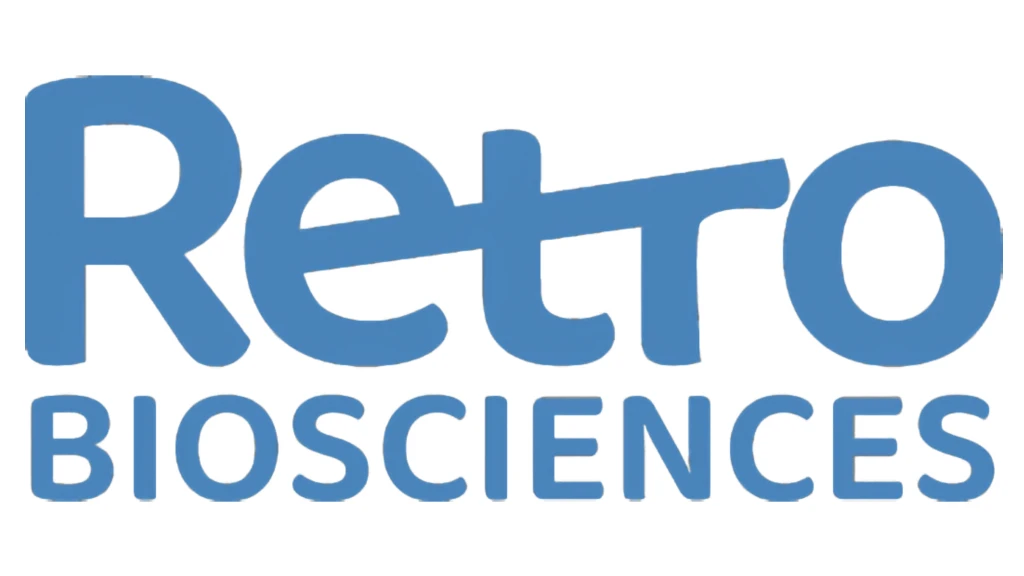
Does NAD+ increase mouse lifespan?
One of the best studied anti-aging treatments is a diet reduced in calories, yet high enough in nutrients to avoid malnutrition. Known as calorie restriction (CR), this dietary regimen provides irrefutable evidence of the importance of metabolism in the aging process. While CR has been studied extensively and even tested in human trials, long term adherence to a CR dietary regimen is extremely difficult for most individuals to maintain..
One method to achieve the benefits of CR for everyone would be to administer compounds which act as “CR mimetics” (Roth and Ingram 2015). Such compounds are capable of inducing similar cellular changes that are normally seen during CR. Over the past 20 years, we have made great strides in understanding the key cellular components involved in mediating many of the metabolic changes that contribute to the aging process.
A major metabolic signaling molecule that we and others have shown to exhibit significant declines with increasing age is NAD+ (reviewed in Bonkowski and Sinclair 2016). Importantly, CR reverses the age-related decline of bioavailable NAD+. This key metabolite plays a crucial role in regulating the activity of many important signaling molecules involved in age-related diseases.
However, feeding or administering NAD+ directly to organisms is not a practical option. The NAD+ molecule cannot readily cross cell membranes to enter cells, and therefore would be unavailable to positively affect metabolism. Instead, precursor molecules to NAD+ must be used to increase bioavailable levels of NAD+.
One such metabolic precursor of NAD+, niacin, is currently used as a medical therapeutic in humans to regulate blood lipid profiles and ward off cardiovascular disease. Niacin, however, is separated by many metabolic steps upstream of the final production of cellular NAD+, and thus has a limited impact on the magnitude of NAD+ bioavailability.
Recently, we have shown that by administering the NAD+ precursor NMN (Nicotinamide Mononucleotide) in normal drinking water to older mice, NAD+ levels were restored to those normally associated with younger healthy animals. By administering NMN to mice for just one week, our lab demonstrated a robust correction in age-associated metabolic dysfunction and restored muscle mitochondrial function in old mice to levels seen in younger control mice (Gomes et al. 2013).

Although the restorative properties of NMN treatment drive many of the same cellular signaling pathways which underlie CR, trials of greater than one week or two months are needed to properly evaluate whether NMN can reverse the aging process.
In our project, we will test the hypothesis that by restoring bioavailable NAD+ we can reverse aspects of the aging process. Starting with mice that are 20 months old (roughly equivalent to a 50 year old human), longer-term NMN treatments will be applied in order to restore levels of cellular NAD+ to those found in youthful mice. Along with a large cohort of normal mice, we will also use a cohort of our novel genetically engineered mouse, termed the ICE mouse (Induced Changes In Epigenome). These ICE mice manifest an accelerated aging phenotype (seen in the Katie Couric special above). By using ICE mice in our trial, in addition to normal control mice, we will be able to more rapidly test the effectiveness of potential anti-aging treatments, such as NMN, thus obtaining faster experimental behavioral results.
Your donations will not only allow us to purchase the materials necessary to perform this experiment, but also pave the way for human clinical trials aimed at showing, for the first time, that we can actually slow down human aging.
We find ourselves at a turning point in history, and together we have the chance to accelerate technologies that will allow us to live healthfully at any age. This is a future that is coming, and whether it arrives in our lifespan or our future generations’ is up to us. Thank You!
Disclosure Statement:
David Sinclair is a founder, equity owner, advisor to, director of, and/or inventor of patents licensed to Metrobiotech, Jumpstart Fertility, Liberty Biosecurity, Animal Biosciences, Elysium Health, EdenRoc Sciences, Life Biosciences, Cohbar, Jupiter Orphan Therapeutics, Galilei Biosciences, Spotlight Biosciences, Arc-Bio, Dovetail Genomics, Claret Bio, Revere Biosciences, UpRNA, Selphagy, Senolytic Therapeutics, Continuum Biosciences. Metrobiotech, Liberty Biosecurity and Jumpstart Fertility are developing NAD boosting molecules/precursors for the treatment of diseases.
Michael Bonkowski consults for Metrobiotech.

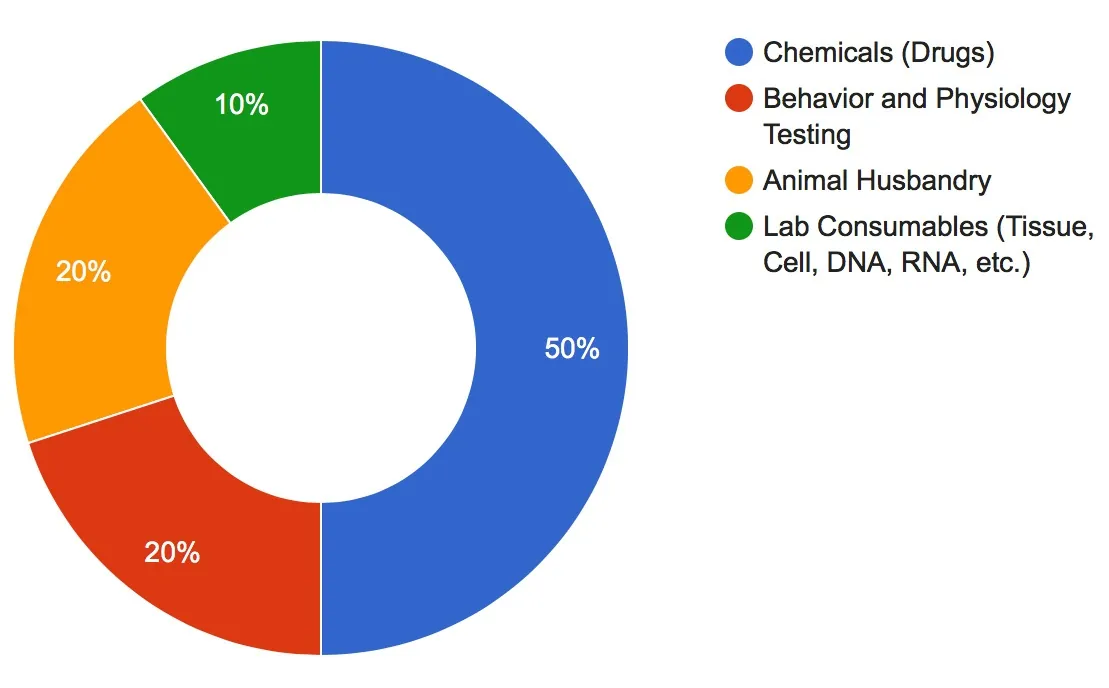 A large part of our budget reflects the costs associated with obtaining sufficient amounts of NMN that will be required for the duration of our longevity studies in mice, both short-term and long-term. Additional necessary costs will contribute to maintaining the mice (i.e. food, housing, etc.), reagents for various laboratory analyses, as well as periodic behavioral and physiological testing during the course of the trial. A large part of our budget reflects the costs associated with obtaining sufficient amounts of NMN that will be required for the duration of our longevity studies in mice, both short-term and long-term. Additional necessary costs will contribute to maintaining the mice (i.e. food, housing, etc.), reagents for various laboratory analyses, as well as periodic behavioral and physiological testing during the course of the trial. |

| $30,000 Reaching our initial campaign goal will enable us to begin testing the anti-aging properties of NMN on our advanced aging ICE mice. We will measure a wide variety of physiological responses to NMN in ICE mice, as well as normal control mice. Measured parameters will include responses to exercise and metabolic function at both the tissue and cellular levels (e.g. oxidative stress, mitochondrial function). These studies will directly assess any potential benefits of administering NMN in the short term to reverse aging. Estimated study duration: ~3-6 months. |  | |||
| $45,000 Attaining our first stretch goal will enable us to perform longer term (up to a year) aging reversal studies using NMN. Long-term treatment with NMN in our advanced aging ICE mice and their longer-lived normal control siblings will allow us to perform many additional behavioral and physiological tests. These include tests of memory and cognition to determine the efficacy of NMN in preventing and/or reversing age related cognitive decline. Additional physiological experiments will also assess the longer-term effects of NMN on exercise endurance and preventing and/or reversing overall frailty. Estimated study duration: ~12 months. |  | |||
| $60,000 What we are really aiming for is to obtain enough NMN to look at a wide variety of health measures with a final endpoint of maximal longevity determination. The costs of treating mice with NMN throughout their lifespan (up to 2 years) will be substantial. With your help, together we can begin the world’s first long-term longevity study with NMN. In addition to our other two stretch goals, we will now be able to monitor the “healthspan” of our mice throughout their lifespans and determine the effect of NMN on longevity. Is NMN the next longevity pill? Starting this study would be the launching pad for an answer to this question. Estimated study duration: ~24 months. |  |

Project Lead and Head of Research 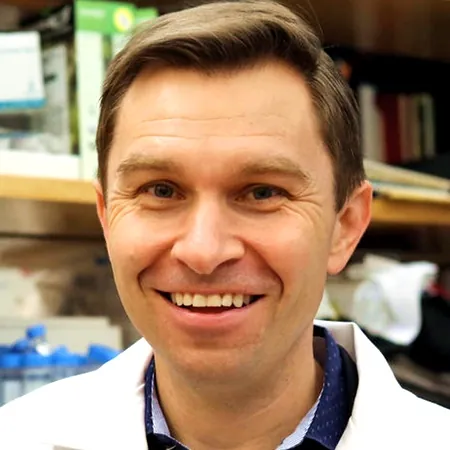 David A. Sinclair, Ph.D. is a Professor in the Department of Genetics at Harvard Medical School and a co-joint Professor in the Department of Physiology and Pharmacology at the University of New South Wales. He is the co-Director of the Paul F. Glenn Laboratories for the Biological Mechanisms of Aging and a Senior Scholar of the Ellison Medical Foundation. He obtained his Ph.D. in Molecular Genetics at the University of New South Wales, Sydney in 1995. He worked as a postdoctoral researcher at M.I.T. with Dr. Leonard Guarente where he co discovered a cause of aging for yeast as well as the role of Sir2 in epigenetic changes driven by genome instability. David A. Sinclair, Ph.D. is a Professor in the Department of Genetics at Harvard Medical School and a co-joint Professor in the Department of Physiology and Pharmacology at the University of New South Wales. He is the co-Director of the Paul F. Glenn Laboratories for the Biological Mechanisms of Aging and a Senior Scholar of the Ellison Medical Foundation. He obtained his Ph.D. in Molecular Genetics at the University of New South Wales, Sydney in 1995. He worked as a postdoctoral researcher at M.I.T. with Dr. Leonard Guarente where he co discovered a cause of aging for yeast as well as the role of Sir2 in epigenetic changes driven by genome instability. | ||
Senior Researcher and Instructor  Michael Bonkowski, Ph.D., M.S.’s goal is to advance our understanding of the links between metabolism, aging and age-associated diseases. He has published 35 peer reviewed journal articles and has conducted multiple successful longevity studies. In Dr. David Sinclair’s lab, his research efforts are focused on the role of nutrient sensors’ regulation of endocrine signaling and aging in the mouse. He is also working on direct and indirect ways to drive activity of these nutrient sensors using dietary manipulations, small molecules or chemical treatments. Michael Bonkowski, Ph.D., M.S.’s goal is to advance our understanding of the links between metabolism, aging and age-associated diseases. He has published 35 peer reviewed journal articles and has conducted multiple successful longevity studies. In Dr. David Sinclair’s lab, his research efforts are focused on the role of nutrient sensors’ regulation of endocrine signaling and aging in the mouse. He is also working on direct and indirect ways to drive activity of these nutrient sensors using dietary manipulations, small molecules or chemical treatments. | ||
Doctoral Student  Michael’s research in the Sinclair lab is focused on developing small molecule and cell-based therapies to delay or reverse aspects of aging. Inflammation is a hallmark of the aging process (“inflammaging”), and underpins a host of age-related pathologies. He has developed an in vitro model of inflammation to identify small molecules that suppress it by targeting well-known aging pathways. Michael’s research in the Sinclair lab is focused on developing small molecule and cell-based therapies to delay or reverse aspects of aging. Inflammation is a hallmark of the aging process (“inflammaging”), and underpins a host of age-related pathologies. He has developed an in vitro model of inflammation to identify small molecules that suppress it by targeting well-known aging pathways. |



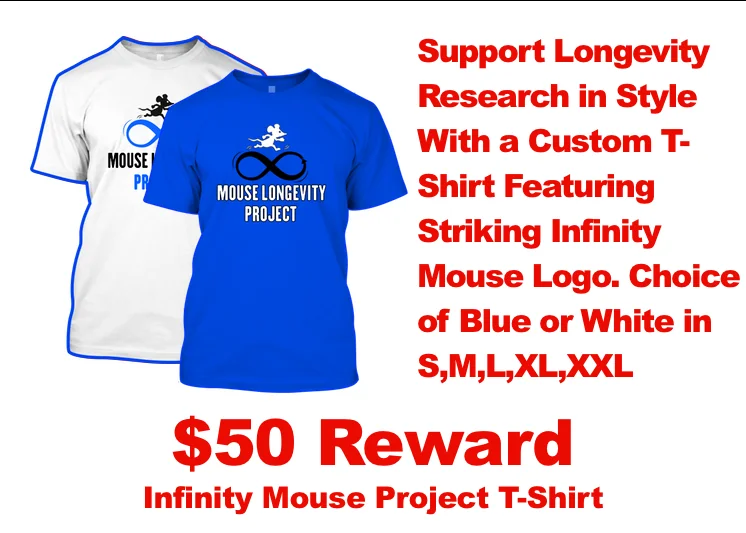



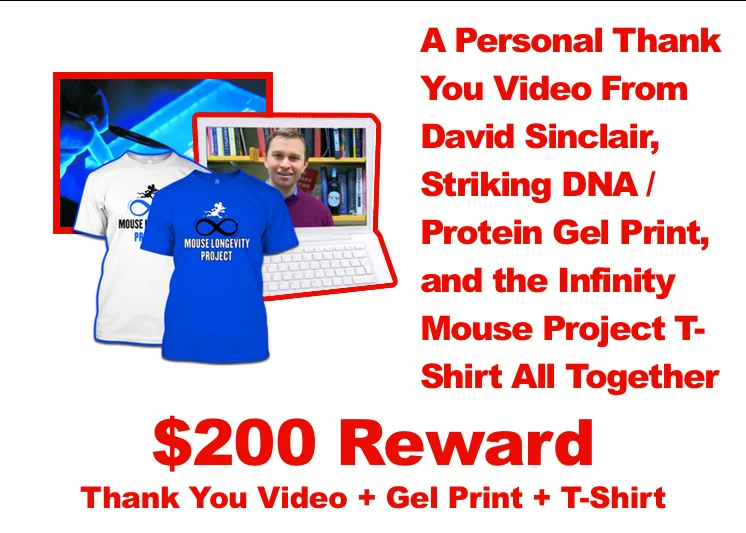
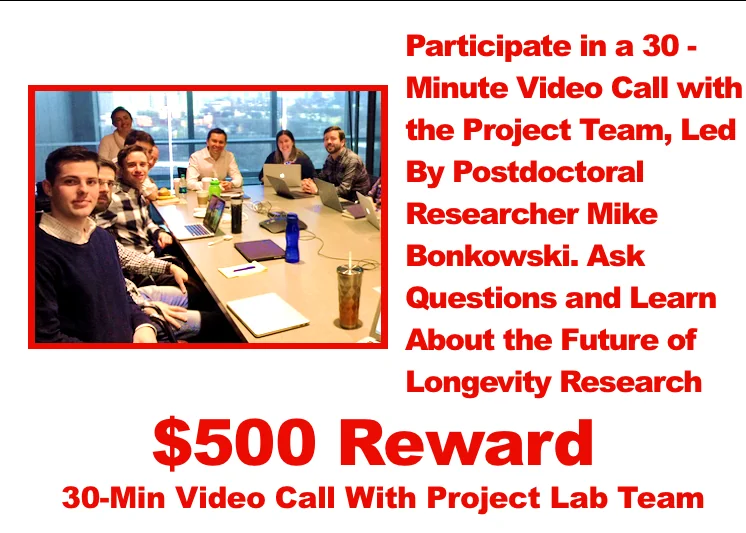



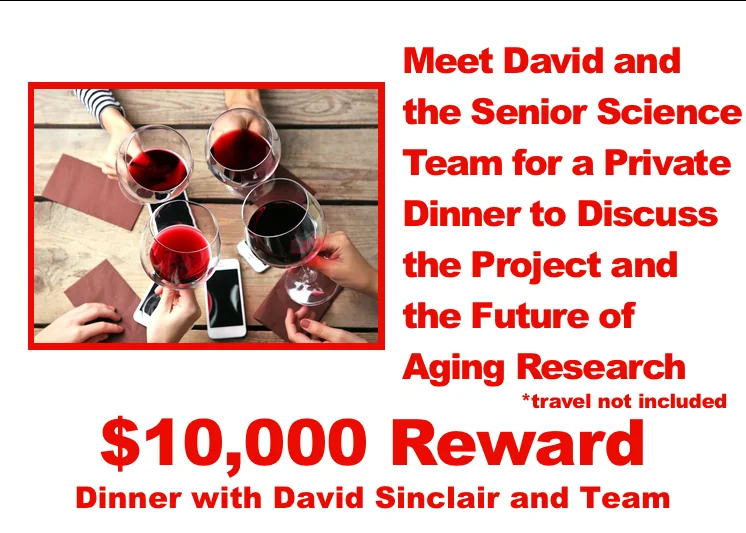
The Experiment has finished - 10/04/2023
The NAD+ Mouse lifespan experiment has finally ended according to the team at the Sinclair Lab! The manuscript is now being written and is circulating through the various authors for edits before going to David Sinclair for a final pass. We will let everyone know when the paper publishes, but please understand that the review process can take a while before it gets published in a journal. As soon as we have the word iit is published we will arrange for the final backer rewards to ship to people.
Thank you to everyone who helped make this happen and took part in driving scientific progress.
The Lifespan Experiment is still ongoing - 30/10/2020
We are being asked quite a lot about the experiment and how it is going so we wanted to make this update. The lifespan study is still currently ongoing at Harvard Medical School and many of the mice are still alive and well. The team at the Sinclair lab plans to publish their results in a journal once the study in finished.
Also we want to remind you that all backers of the campaign above the $25 donation level have access to periodic reports from the lab team at the Sinclair lab. If you backed the project at $25 or higher but have forgotten your password, please contact us at lifespan.io and we will be able to help. We have just put an October update on the backers only page with some data about how the mice are doing.




